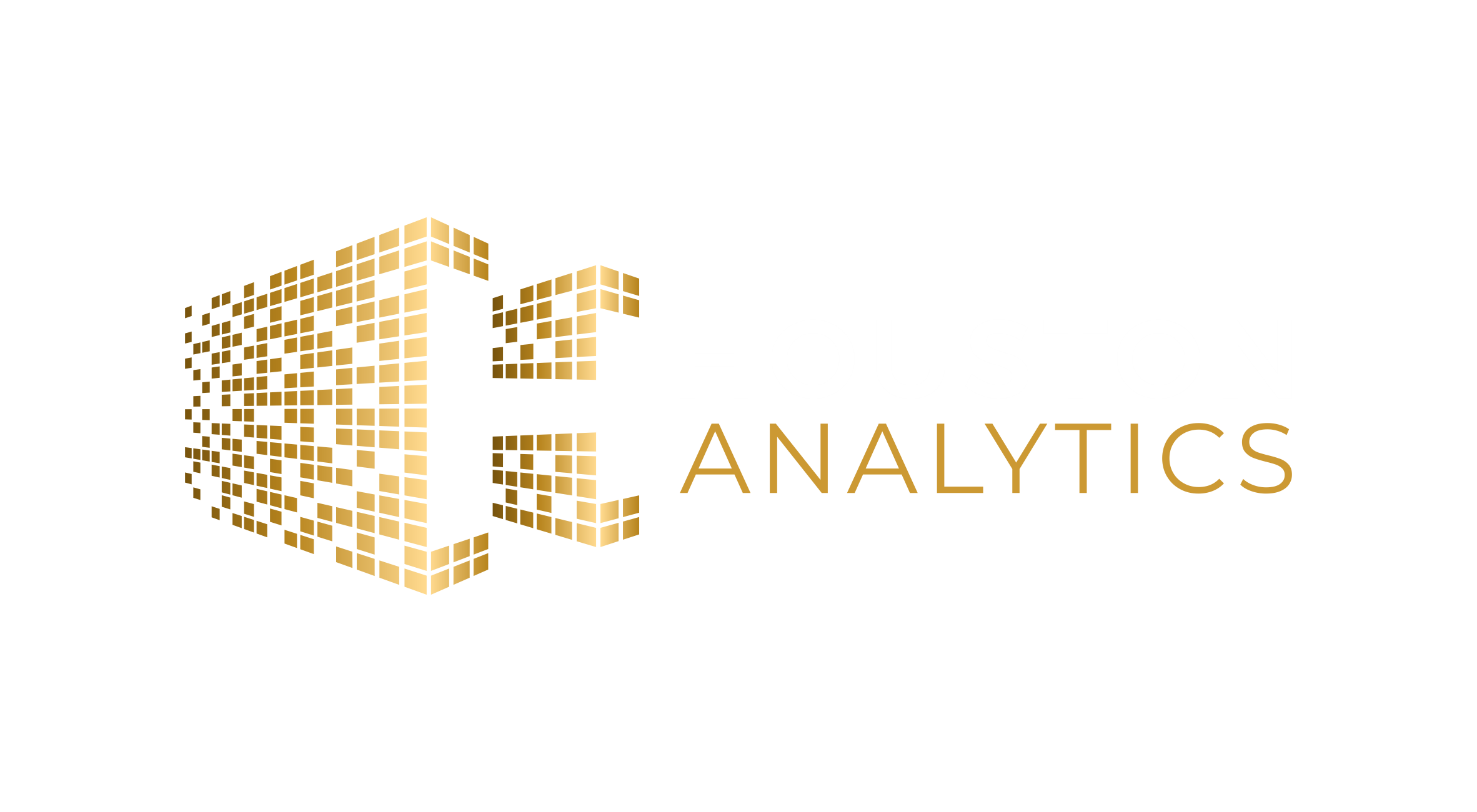Purchasing operates on long-term contracts that span anything from year to even three your terms.
At the same time market demand is fluctuating. It’s driven by seasonal consumption and traditions, trends, new innovations and product launches by competitors, the economic climate. Even weather.
How do you balance all this, ensuring that production has all the necessary raw materials at its disposal – but not too much so you don’t have to dump raw materials nor products on clearance sale that would cripple your margins?
Improve raw material balance and profits with advanced analytics and optimization
Download the solution brief to see how it works
Optimizing the raw material balance for highest profit
Raw material balance optimization is an AI solution for optimizing raw materials streams for the highest profit.
In the reality of multi-year purchase agreements and on the other hand daily changing customer demand, understanding what is the best use of raw material is a difficult task.
Definition of 'best' is often the highest grossing use of raw material.
Take as example the meat industry in which optimizing the use of carcasses so that each part of the animal is used in an optimal way based on the actual demand and minimizing the parts that have to be frozen or sold at cost.
Raw material balance optimization gives the optimal decision that maximizes the economic profit. It makes the best use of available inventory taking into account the perishability of the products and considering that beef has a different yield when used in different recipies or sold as such.
It helps you to manage both product portfolio and raw material balance - impacting directly to profitability.

Benefits of raw material balance optimization

Minimize low-margin sales
Prevent clearance sales with discounted prices
Improve sales and profits with optimal use of raw materials with recipes
Features of the Raw material balance optimization solution
- New and discontinued products
- Rolling monthly sales forecast by sales channel (products, quantities, prices)
- Rolling raw material balance (orders/recommendations/forecasts) on selected term with a daily break-down
- Raw material processing plan
- Confirmed forecast and raw material balance sheet
- Earnings forecast
Download the solution brief
Take the next step. Book a free consultation call.
Frequently asked questions
What is Price Elasticity?
The Price Elasticity of Demand (PED) is the % change in quantity resulting from a 1% change in price holding all other factors constant.
-|PED| > 1 means the good is elastic. Changes in prices have a large impact on quantity sold. Good has many substitutes such as different brands, butter and margarine, coffee and tea
-|PED| < 1 means the good is inelastic. Changes in price have little effect on quantity sold. Good has few substitutes but they are things we can’t live without such as electricity, gas, drugs.
What data is required for price optimization?
Minimum data set includes receipt row data containing all purchase information, product master data with all product information and product hierarchy levels with product hierarchy information.
It's also noteworthy that in order for price optimization model to work, individual products have to have multiple price points in its historical data.
Can competitive pricing information be used for price optimization?
If you want to use pricing as a positioning tool then yes, you absolutely need to benchmark to market prices.
Sign up for updates
©2014-2024 Houston Analytics. All rights reserved.


